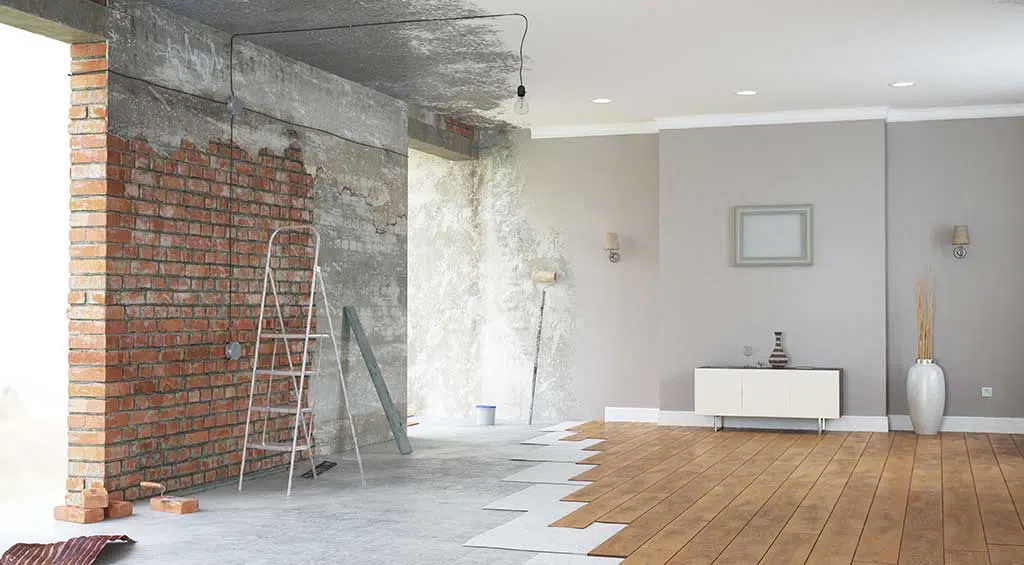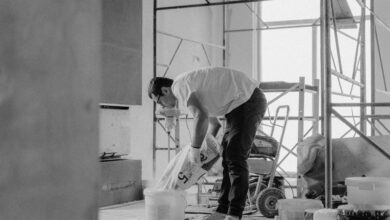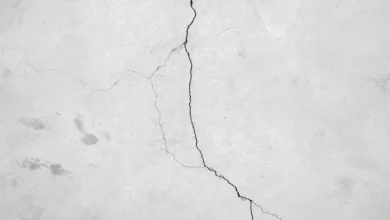
Dangers Of Renovating An Old House
What are some of the top dangers of renovating an old house? More people are keen to pick up a fixer-upper, some want to live in an old house, and others want to flip them and make a pile of cash in return. In the end, though, old properties have several issues – many of which can be dangerous.
Renovations, when done as a DIY project, can be a lot of fun and save a lot of money, too, but a couple of things are better dealt with by a professional.
Dry Rot
Renovating an old house have many hidden issues, but dry rot is a big issue. When the wood in a home becomes damp, the water sinks into the wood. Most of the time, this is a sign that the wood was not kiln-dried or that a damp problem has been going on for a while.
Unfortunately, even if you get rid of damp, you can still have dry rot. Dry rot will ruin all the wood, including floorboards, window frames, and doors.
You can tell if you have dry rot because the wood will have some cotton-wool-looking strands of a greyish hue and white patches. Not only that, but the wood will look shrunken.
Wet rot will make the wood soft, and you can pull chunks out. With dry rot, the wood will still feel solid – which is why some people might think that it doesn’t need to be fixed – and instead will clean the outside.
For suspected dry rot or wet rot, it is better to book an inspection and set aside a few thousand to cover the cost of repairs.
Hazardous Chemicals
Although asbestos was banned, it impacted a lot of people. Asbestos causes a wide range of issues, so many people didn’t know they were affected until many years later, and since then, a range of helpful resources has been created.
While asbestos is most often found in insulation, it is also commonly found in floor tiles, gutters, Artex, and flue pipes. Because it was such a tough material, it was used liberally in older homes.
When asbestos is left alone, it doesn’t pose a significant risk, however, when it is disturbed, the particles can be breathed in, and that is when they make people sick.
Another chemical that is often used in older homes is lead. Lead-based paints are one of the biggest problems that cause various illnesses. When there is a thick layer of paintwork, this can be an indicator of multiple layers. Often underneath some of the top layers, there will be a lead-based paint layer.
You can remove these layers yourself, but you must wear protective clothing and glasses.
Electrics
The electric systems used in modern homes are a far cry from the electrics when renovating an old house. Often they have been attacked by pests, the coating has worn down, and there is a range of faults too.
The fuse box is the first place to check; these are usually very old, with faded or broken light switches and plug sockets.
The best course of action is to have a professional electrician come out and inspect the property. When the property is over a certain age, the recommendation will be a complete home re-wiring. The floorboard will be pulled up, and the walls need to be opened.
Mildew, dampness, mold
If you have dry rot, the chances are that you will find mold, mildew, and damp. Caused by poor ventilation and moisture, these can spread at a rapid rate and cause damage to the materials that they are on.
Often the first sign of mold, damp, or mildew will be a musty smell. Most often, black mold will be found in bathrooms and kitchens, but other, more dangerous molds can also grow.
Crumbling plaster, peeling wallpaper, and rotting wood are significant indicators of these issues.
Cleaning these things off the walls requires bleach or washing up liquid and a good scrub. However, always remember that there are likely to be more, and often it goes deeper into cracks in the walls and behind the paper.
Here are some things you remember when renovating: 6 Steps To Creating A Happier Home – Muncie Voice.






